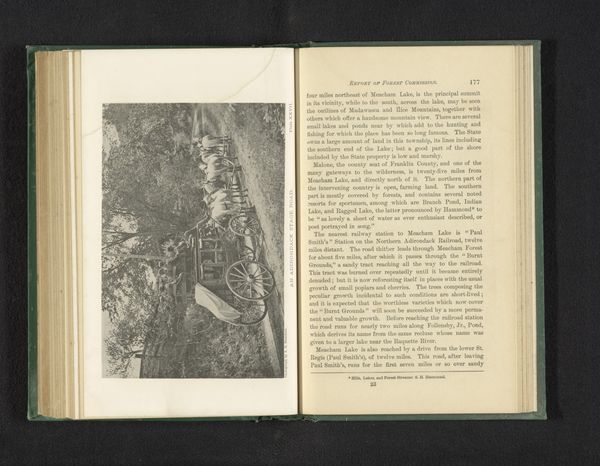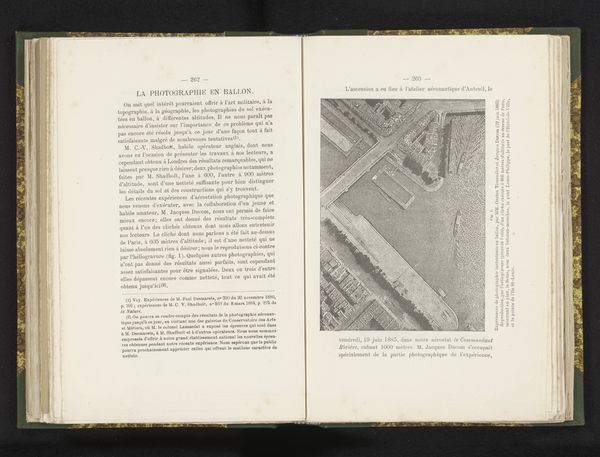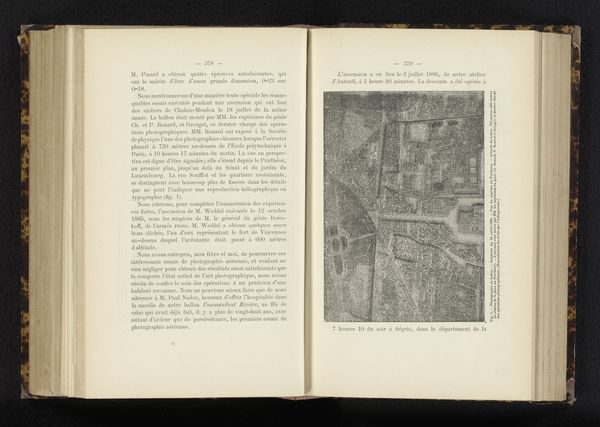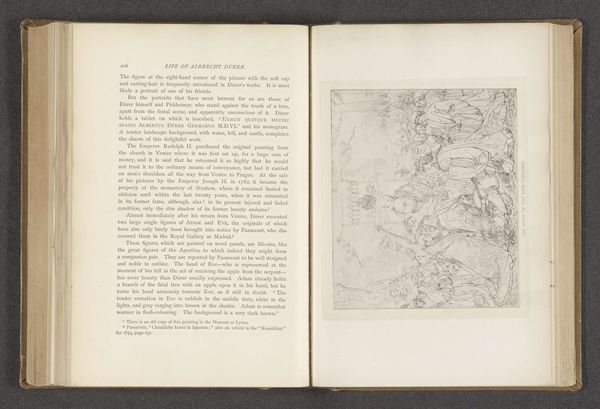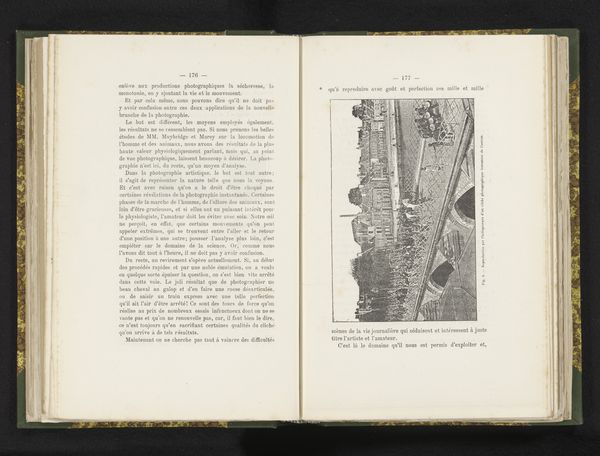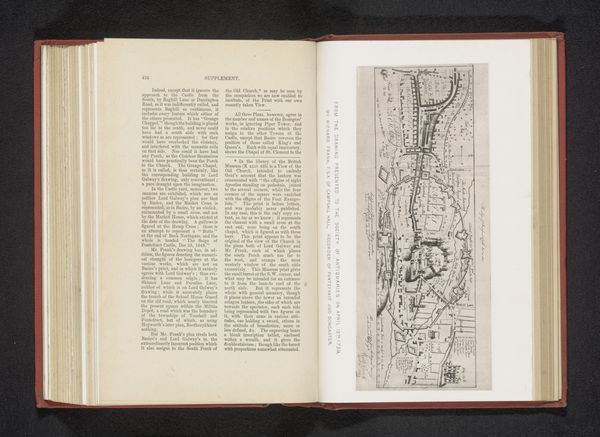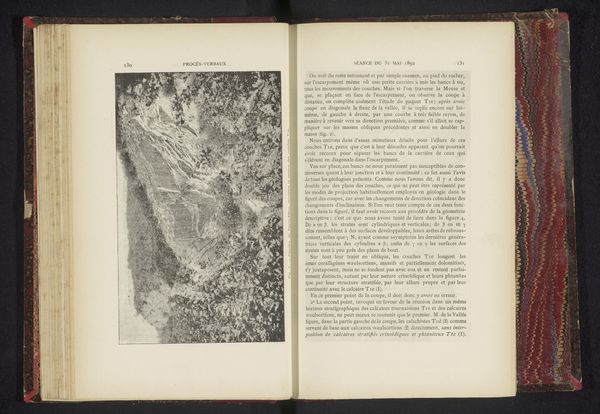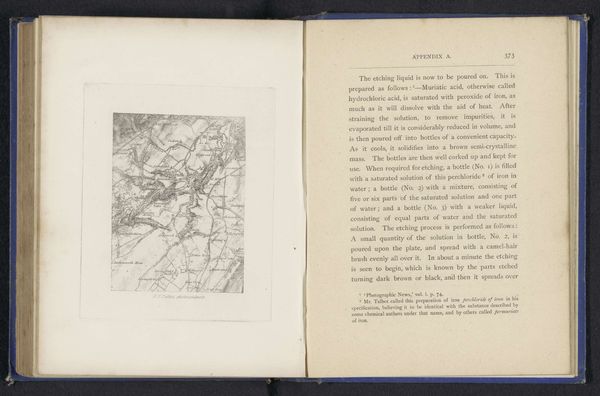
print, textile, photography, engraving
# print
#
textile
#
photography
#
publication mockup
#
engraving
Dimensions: height 150 mm, width 225 mm
Copyright: Rijks Museum: Open Domain
This is a reproduction of a family tree and a map. One can see how the creation of family trees emerged from the medieval concept of the Tree of Jesse, a visual representation of Christ's lineage. The map, an attempt to chart the known world, mirrors the human impulse to classify and control. These images remind me of similar attempts across various eras. The family tree echoes in the elaborate genealogical displays of Renaissance courts, each a claim to power and legitimacy. The map resonates with the medieval "mappa mundi," where geographical accuracy was secondary to spiritual and symbolic representation. Consider how these motifs appear in the works of artists like Dürer, whose prints map not just landscapes but also the human soul. The persistent human desire to order the world and one’s place within it stems from a deep-seated need to resolve existential anxieties, manifesting as a cultural practice repeated through generations. It’s this psychological dimension that gives these seemingly mundane diagrams their enduring power. The cycle continues: symbols resurface, evolve, and take on new meanings, perpetually engaging us in a dialogue between the past and present.
Comments
No comments
Be the first to comment and join the conversation on the ultimate creative platform.

